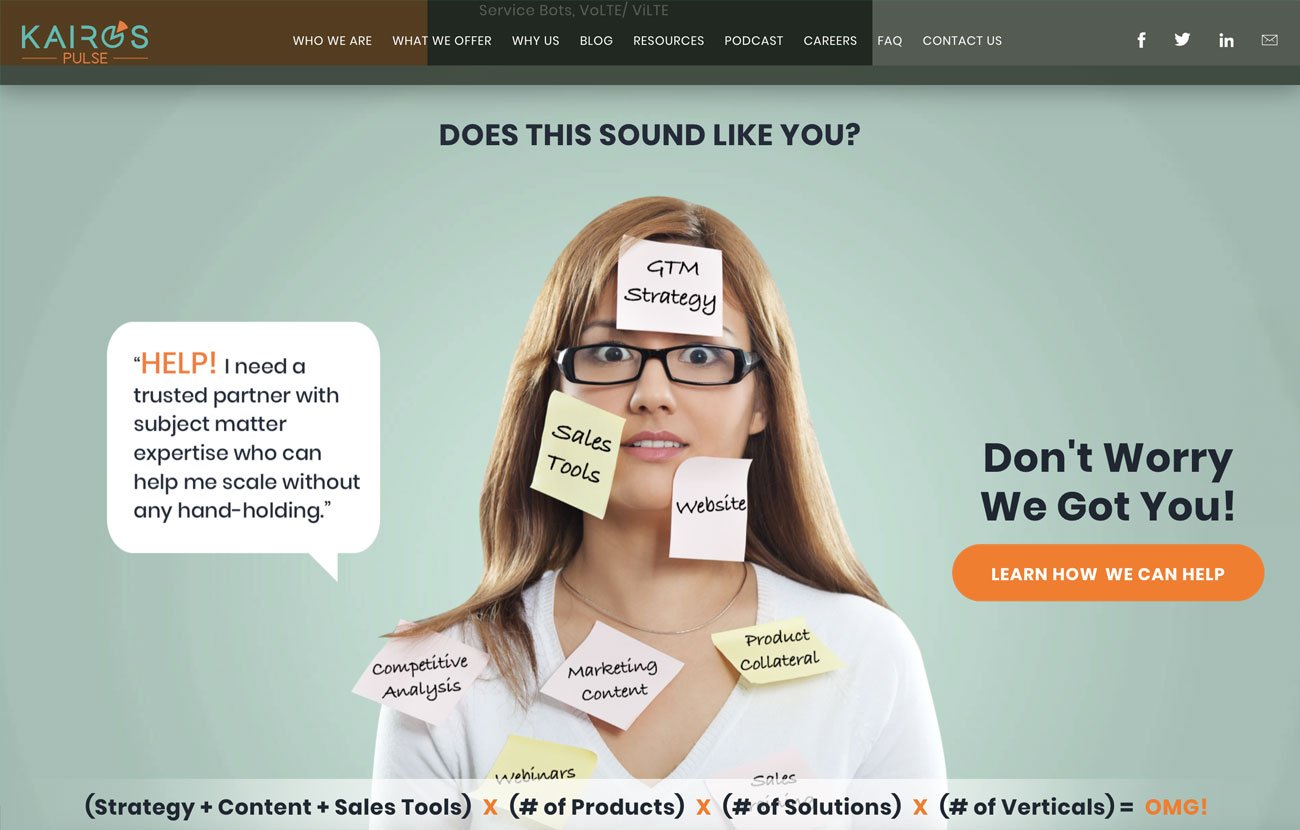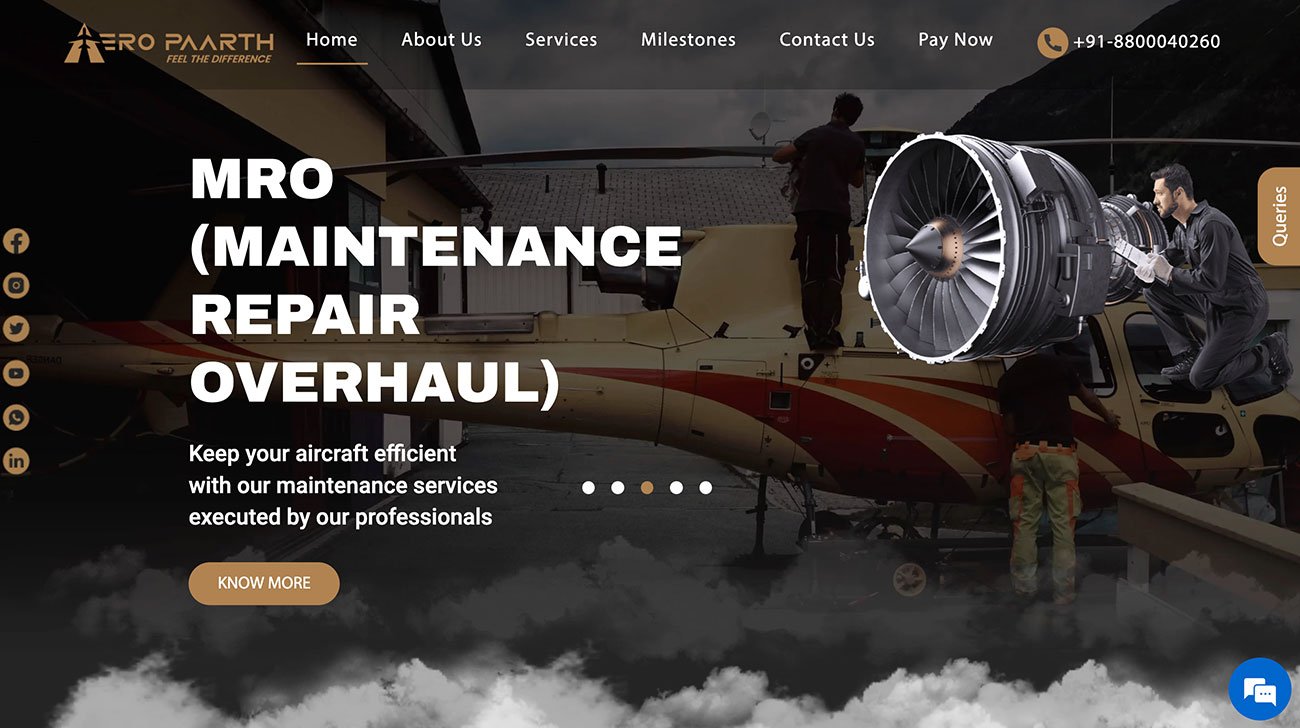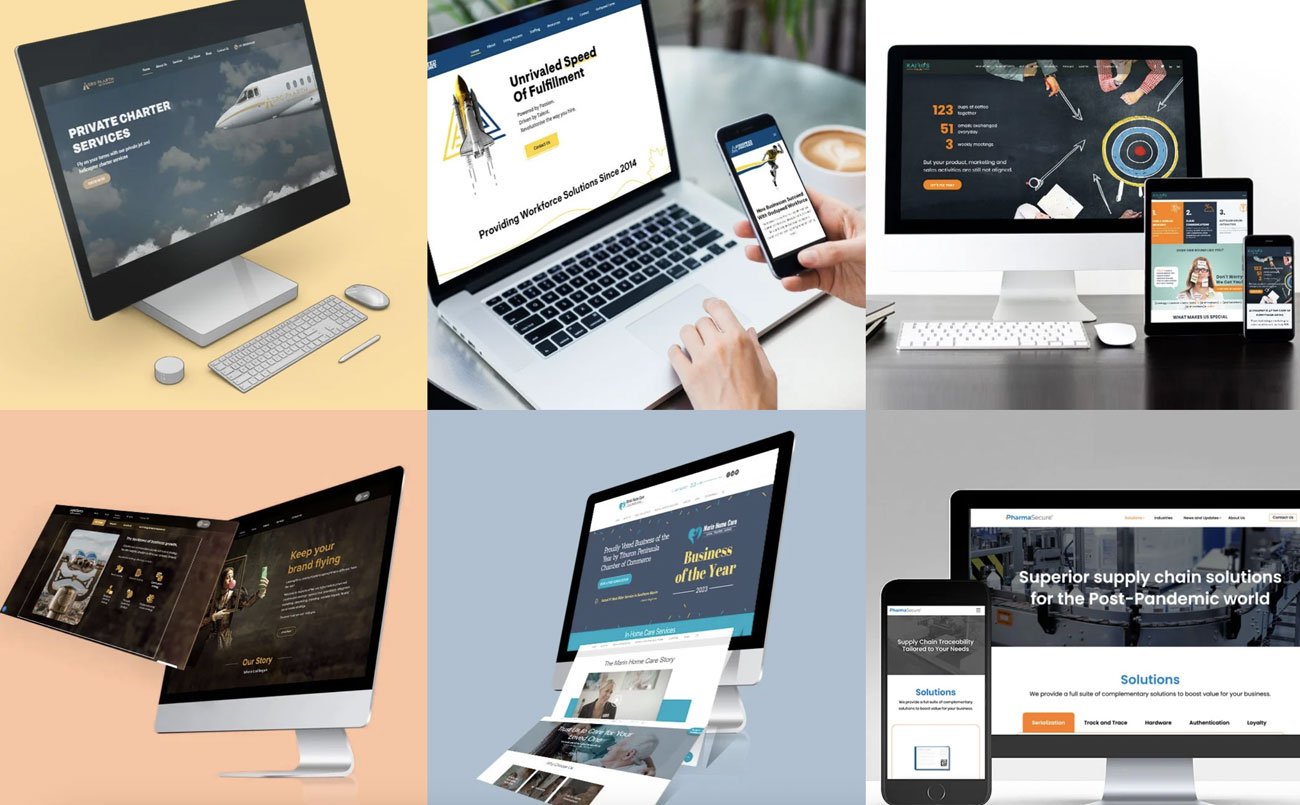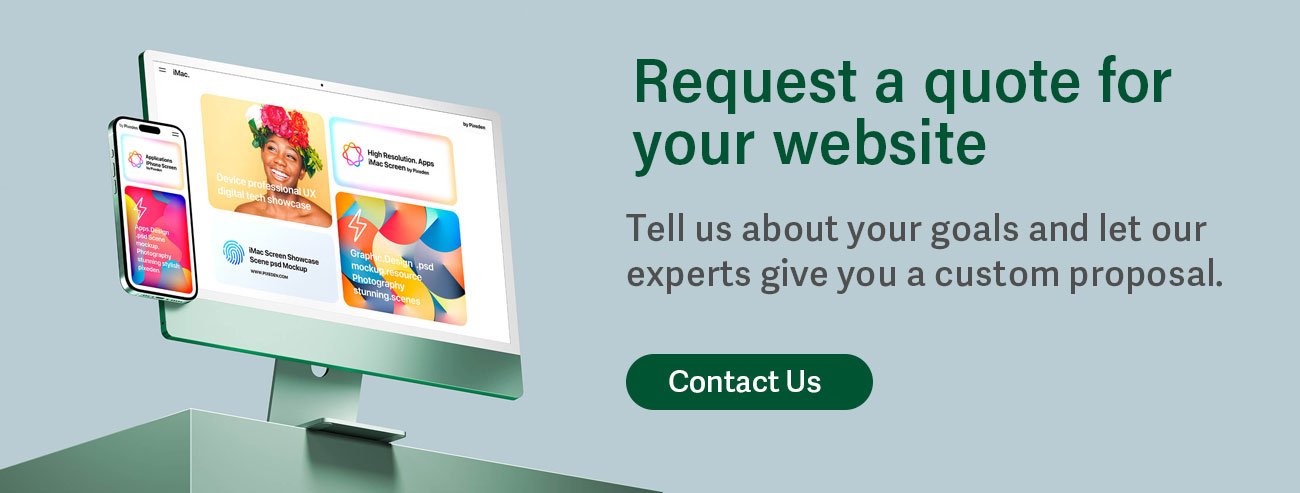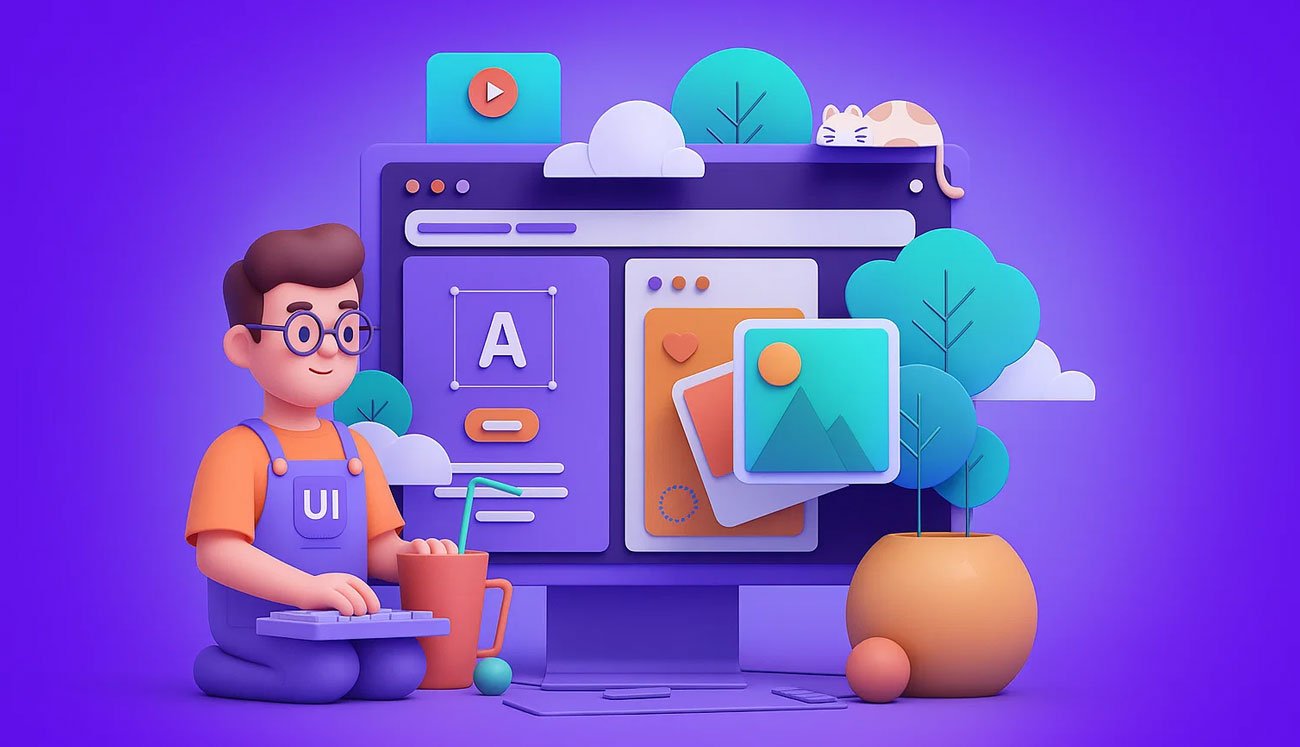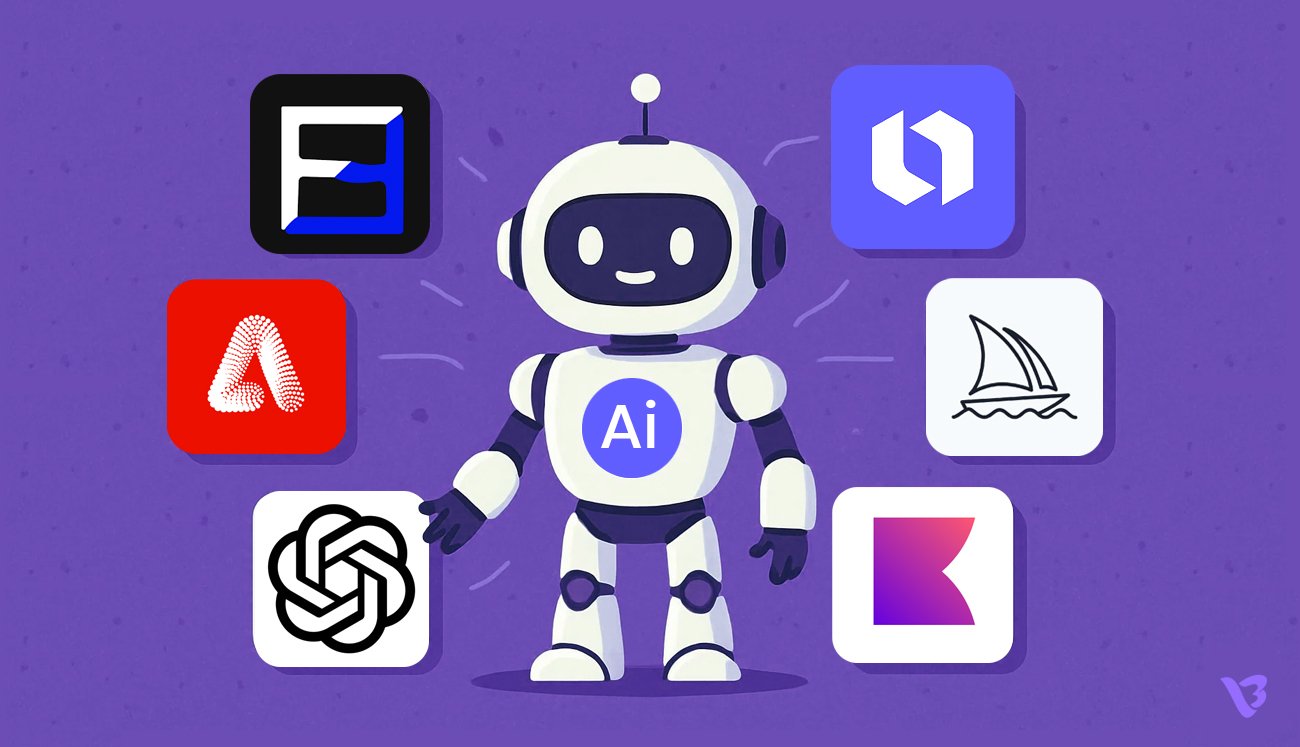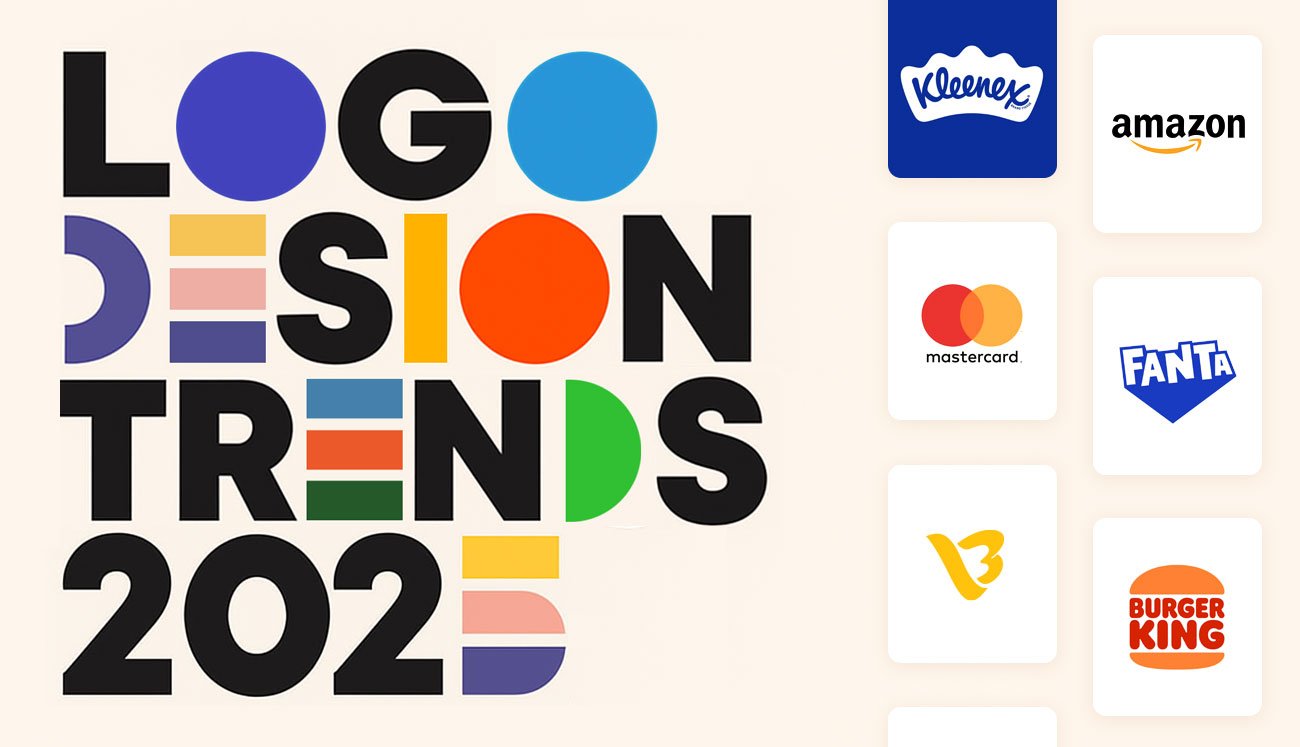Why Your Business Needs a Custom Website Instead of Templates
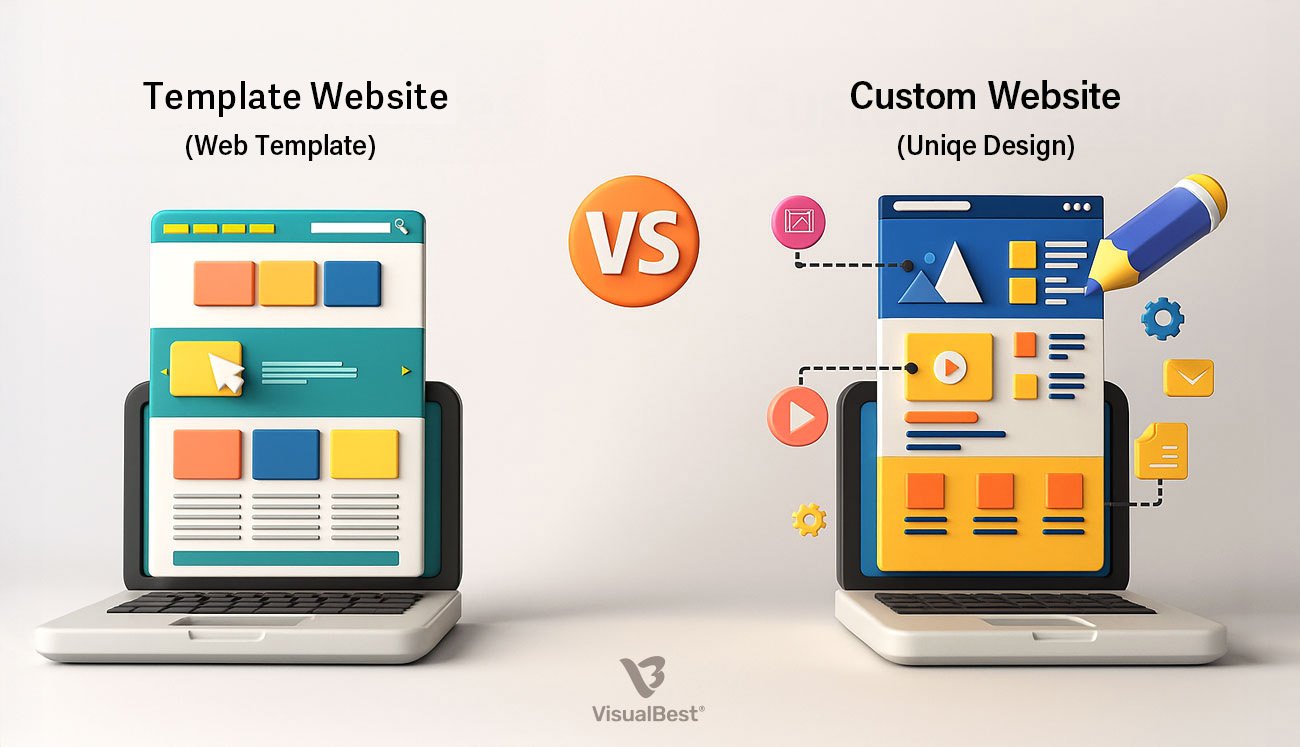
Imagine when someone discovers your business through a Google search or social media, your website becomes their first impression. If it looks generic or loads slowly, they may not stay long enough to explore what you offer. As per a report, 47% of users want a website to load within two seconds. While templates are convenient and budget-friendly, they rarely allow the customization or scalability required to build lasting engagement and support business growth over time.
We examine this to explain in depth what is the difference between custom websites and templates, and why custom websites are much better for SEO, marketing, improving a company’s brand, providing a better user experience, and driving business upswing than templates. We’ll talk about the advantages of a custom website, sort out the typical myths, point out different situations, and demonstrate how it can assist you in building a powerful and long-term digital foundation for your business.

The Rise of Templates – Quick Fix or a Costly Compromise?
Due to how easy and affordable they are, templates are getting more popular. Thanks to Wix, WordPress, and Squarespace, users can prepare and publish their website in less than a day. Being easy to acquire, templates attract solopreneurs, bloggers, and small businesses who wish to spend less when they first start.
Advantages of Templates: Quick and Convenient, But Are They Enough?
In the last decade, the number of template-based websites has risen because of how affordable, easy to use, and fast they are. Any business starting its online presence can find templates to be helpful and simple to set up. Let’s explore further the main reasons why people find templates attractive.
Low upfront cost: Templates are popular with businesses mainly because they are very affordable to use. Wix, WordPress, Squarespace, and Shopify have many themes you can download for free, which means you won’t need to hire a designer or developer. To develop a site that looks professional, you only need to pay for hosting and registration of your domain name. Launching a side business can make a lot of sense for minority entrepreneurs and freelancers wishing to save money at first.
Quick to launch: Since today’s customers are largely online, starting a business without a website is not usually an option for new entrepreneurs. You do not need weeks to get a website up and running with the help of templates. These details and layouts provided by the site help make the process easier.
Minimal to no coding knowledge required: Templates are created to be simple for people without much technical knowledge. Most platforms that use templates have visual editors and simple tools that make it possible for anyone to change and adjust their pages with no coding.
Large selection of pre-built themes: Because of custom website design vs theme in many industries, templates give you various choices for designing. You can find a template that matches what you envision if you want to make a blog, an e-commerce site, or a portfolio site. You do not have to begin a project from the beginning to apply a new design.
Still, these positives usually come with some hidden drawbacks. Although templates may appear fancy, they have a strong structure, little room for change, and can restrict your website’s growth and chances to stand out.
Disadvantages of Templates: Limitations That Can Hold Your Business Back
Although templates make it quick to set up online, their disadvantages show up as your business becomes more successful and your online needs grow. Starting with a cost-saving approach may later block the ability to grow, result in bad experiences, and harm the company’s brand. This section describes the usual drawbacks of using templates to build websites.
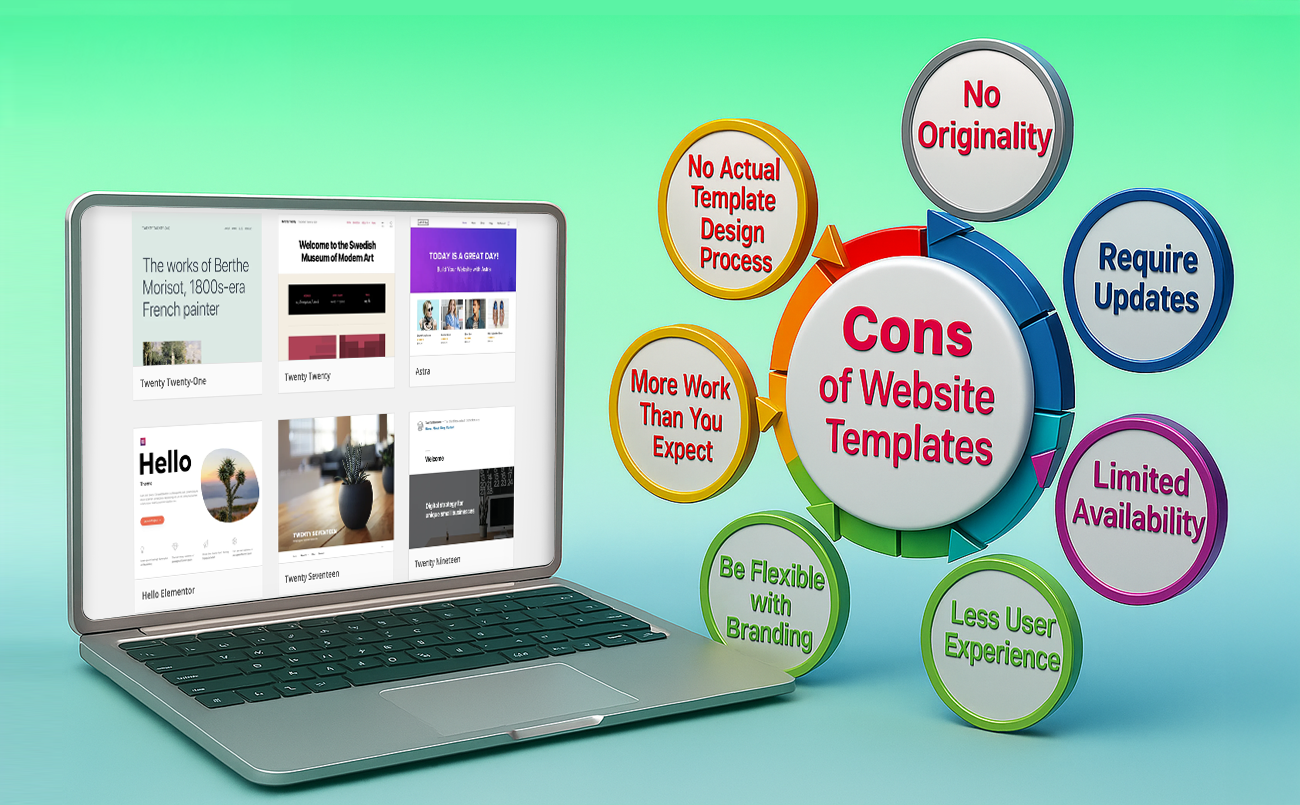
Lack of uniqueness: Templates are made for many and are often reused across the globe by many companies. This is why businesses have a tough time making their products or services unique in the market. A website that matches your competitors’ makes it hard for your brand to stand out and knocks the strength of your digital image.
Performance bottlenecks: Most of the time, you don’t need the majority of plugins, scripts, and widgets that are already included with website templates. Such additional components can make web pages load slowly, encourage visitors to leave your site, and reduce its performance on mobile devices. A website that runs slowly irritates people viewing it and hurts its position in search engine results.
Limited flexibility: Even though using templates is easy, they are usually not flexible enough to allow for major changes. If you want features like changing form fields, language support, or using other platforms, it might be hard or impossible to change the template. Making extra changes in attempts to override existing features can lead to design issues and technical issues.
SEO limitations: It is not certain that templates are always planned with search engine optimization (SEO). Such problems as weak code structure, poor header tagging, few fields in the metadata, and a slow website can hinder your site’s ranking. Also, some templates do not help with crucial SEO aspects like schema markup, canonical URLs, or having breadcrumb navigation, thus making it hard to be noticed by search engines.
Scalability issues: When your business develops, your website requirements also progress. No matter if you add an online shopping experience, a new tool, or more content, templates might not be able to support your company’s changes. Such platforms are seldom expandable, so companies have to either change their software or make pricey revisions whenever they need to grow. Consequently, this may cause more delays, issues with working schedules, and higher expenses during the development phase.
All in all, although using templates is fast and simple at first, they usually do not deliver the performance, reliability, and features that a top website calls for in the long run.
Custom Website Design – A Brief Overview
Your website is built and designed according to exactly what your business needs, aims for, and what your audience is looking for. Unlike templates, which have predefined structures, the difference between custom website and template is that customisation feature allows full flexibility in design, function, appearance, and how people use it. It’s important that a site is effective and continues to grow as your organization develops.
A personalized website reflects your brand as though it were a separate team member. It is perfectly in line with how you promote, sell products, and handle your customers. All components, such as text, links, and design, are carefully crafted to boost the site’s functionality.
Key Features of a Custom Website
The design on each page is unique and shows your brand’s personality, what it stands for, and its general tone. The right colors, fonts, and images are developed to attract your customers and remind them of your brand.
- Optimized for speed, mobile, and accessibility from day one: A custom website will always be made light, fast, and easy to use on any device. They make certain websites operate seamlessly on any type of device and meet the standards of WCAG for everyone to use.
- Custom modules or plug-ins tailored for your needs: Whether you need an integrated appointment scheduler, an eCommerce checkout system, or a client dashboard, everything is built specifically for how your business operates. You aren’t limited by what third-party plugins can do.
- Built-in advanced SEO architecture: With HTML5 and schema markup, adjustable metadata, and clean URLs, all your website’s elements are geared for better search engine ranking. It is also possible for developers to use SEO strategies that are designed for their field or intended audience.
- Seamless API and third-party tool integrations: The API and the use of third-party tools in WooCommerce ensure that CRMs, marketing platforms, payment gateways, and similar tools are fast and safe to integrate. You will have a digital system that matches the needs of your team and operates smoothly.
Unlike regular websites, clear and intentional site navigation is possible on custom sites because they use data from visitors to draw them through paths designed to turn visitors into paying customers. As a result, users are happier, leave the website early, and complete their desired targets more frequently.
Imagine the process as one that makes your home fit your needs. Walls, windows, and wires are positioned in your home to fit your daily habits. As a result, custom web design fulfills your users’ expectations and matches how your company wants to work.
Custom Websites Can Include
- Dynamic content filtering: Allow users to sort search outcomes, product lists, or articles using useful filters for them. This feature greatly helps the usability of sites with lots of content.
- Personalization based on user behavior: Content and interface elements can be personalized using cookies or analytics data, allowing returning visitors to see recommendations, saved content, or offers tailored to them.
- Content management systems tailored for your internal teams: Your teams’ preferred way of working is the basis for the custom-made content management system. Whether you use drag-and-drop editing, check your workflow, or manage your authorization, you will find everything is easy to use and efficient.
- Secure client portals: Give clients their secure area to check their projects’ updates, download useful materials, pay bills, and access information—all protected by encryption and different levels of authorization.
- Interactive dashboards and analytics tools: Your team benefits from interactive dashboards that gather real-time results on customers, internal business data, or other important information.
Why Custom Websites Drive Better Results
- Unmatched Brand Identity
Templates don’t allow you to show off your individuality, since they are made for everyone. But a custom approach boosts your company with fitted visuals and design options. The design includes targeted icons, colors, and interactions for the comfort of your audience. - SEO-Driven Architecture
Some templates have coding that is not very effective and come with extra plugins that slow down the website’s backend. All Custom99 sites are made to give you clean lines, use the latest SEO standards, and promote your website on search engines.
Read more: How Good Website Design Impacts SEO & Conversions
- Better UI/UX and Accessibility
Your user experience depends mainly on navigating around the site, how easy it is to understand, and how users interact with it. You are able to organize your site to fit user expectations, use it easily, and exclude WCAG 2.1 compliance from your accessibility toolkit when you custom-design your site. - Higher Conversion Rates
Using CTAs correctly, creating special landing pages, and using content based on user behavior assist in directing people towards buying. Templates don’t change easily, but custom designing lets you meet your conversion objectives. - Enhanced Performance
Having a custom website makes it faster, works well on devices, and reduces the number of visitors leaving the site. How fast a website is is both important for users and for improving SEO. According to a report, 94% of the time, users form their opinion about a website based on its design. - Ongoing Flexibility and Scalability
Templates can be challenging to look after when your project gets bigger. A difference between custom website and template is that a custom website is able to change with your changing requirements. There is a possibility you’ll require a customer portal when the platform is ready. Are you releasing a new set of products? If you want your site to be in multiple languages, contact me. It is very easy to customize a site. - Robust Security
It is possible to set up a custom website using strong security measures, which lowers its risks. Whenever updates are released and support remains dedicated, the integrity of the system improves.

Real-World Case Scenarios – Template vs. Custom Website
Scenario 1: The Artisan Bakery
- Template Site: Static menu, contact form, basic gallery. Cannot handle dynamic inventory updates or festive offers.
- Custom Site: Interactive product listings, online ordering, blog for recipe content marketing, customer loyalty tracking, CRM integration.
Scenario 2: A SaaS Product Startup
- Template Site: Struggles to support gated content, real-time analytics, or user dashboards.
- Custom Site: API-enabled user dashboards, custom analytics, subscription models, chatbot integrations, and user-role access control.
Scenario 3: A Boutique Design Agency
- Template Site: Fixed layout with no way to creatively showcase work.
- Custom Site: Interactive galleries, animation sequences, embedded case studies, client login area, booking calendar for consultations.
Each scenario shows how custom design enables storytelling, improves lead generation, and ensures your site evolves with your vision.
“A custom website helps businesses build credibility, improve SEO, offer scalability, and enhance user experience better than a generic template.”
Debunking Myths Around Custom Websites
Myth 1: “Custom Websites Are Too Expensive”
Truth: While upfront costs are higher, the ROI over time is substantial. Custom sites reduce the need for frequent redesigns, improve SEO rankings, increase conversions, and support long-term growth.
Myth 2: “They Take Too Long to Build”
Truth: With a clear roadmap and an experienced development team, a custom site can be delivered within a competitive timeframe. The strategic investment pays off in sustained performance and adaptability.
Myth 3: “Templates Look Just as Professional”
Truth: While some templates may look sleek, they lack the strategic depth and backend performance of a custom site. Templates may also limit branding potential and UX optimization.
Myth 4: “We Don’t Need Custom Features Yet”
Truth: Building for your current and future needs saves time and resources. A scalable website ensures you’re not starting from scratch each time your business grows.
How Visual Best Builds Custom Websites That Work
At Visual Best, we go beyond aesthetics. We develop custom web design & development solutions that blend strategy, creativity, and technology to achieve business goals.
Our Proven 5-Step Process:
- Discovery: Business analysis, competitor research, and user persona development.
- Strategy & Planning: Information architecture, UX wireframing, and visual hierarchy planning.
- UI/UX Design: Customized interface aligned with your brand story and user expectations.
- Development: Clean, scalable code using the latest frameworks and SEO techniques.
- Launch & Maintenance: Testing, monitoring, analytics integration, and post-launch optimization.
Whether you’re launching an eCommerce site, developing a brand hub, or creating a product showcase, our team ensures your site is future-ready and results-driven.
Related read: How a Graphic Design Retainer Saves Time & Reduces Costs
Custom Websites and the Future of Digital Experiences
Nowadays, a website is not just a simple brochure; it is an active and changing aspect of your company. When a company gets its custom site, it can keep up with the future and lay the basis for new types of innovations that templates aren’t made for.
Future-Focused Features Supported by Custom Websites:
- Intelligent chatbots make useful suggestions by studying a user’s queries and behavior, turning casual users into those who choose the product.
- 3D demos on custom sites: A user can get a detailed view of any product by using 360-degree images or interacting in 3D on custom sites.
- Improving a site to use voice commands and add schema helps it show up in rich result lists and voice assistant responses.
- With API technology, it is easier for custom platforms to join forces with core business tools, resulting in smooth operations and real-time updates for customer information.
- With the help of advanced tools, businesses can observe how users act and guess what they might do in the future, enabling real-time improvements to what the business offers.
Visual Best stays on top of these trends to deliver solutions that perform today and adapt tomorrow.
Conclusion: Invest in a Website That Works for You, Not Against You
If you’re serious about growing your brand, converting more customers, and staying competitive, a template simply won’t cut it. A custom website gives you the branding control, technical performance, and strategic flexibility your business needs.
A custom website helps businesses build credibility, improve SEO, offer scalability, and enhance user experience better than a generic template.
Visual Best is your trusted partner for powerful, high-performance custom websites. We blend strategy, design, and development to create experiences that resonate with users and drive results.
Ready to go custom? Talk to our experts today and let’s craft a digital experience that elevates your brand.
FAQs
1. What is the difference between a custom website and a template website?
A custom website is built from scratch based on your specific needs, branding, and functionality, while a template website uses pre-designed layouts that are quicker to set up but offer limited customization.
2. Which is better: custom website design or using a theme?
Custom website design offers full control, unique branding, and better scalability. Themes are faster and cheaper but may limit flexibility and uniqueness.
3. What are the pros and cons of using a WordPress theme vs custom design?
WordPress themes are budget-friendly and faster to launch but may come with design limitations. Custom design is more expensive but fully tailored to your business goals and future growth.
4. Is a custom website more SEO-friendly than a template or theme?
Yes, a custom website can be optimized from the ground up for SEO, while themes may have unnecessary code or limitations that affect SEO performance.
5. Do custom websites load faster than template-based websites?
Usually, yes. Custom websites are coded specifically for your needs, avoiding bloated features that often slow down templates.
6. Can I scale my business better with a custom website compared to a template?
Yes, custom websites are built to accommodate future growth, complex features, and integrations, while templates may require heavy modifications later.
7. Are WordPress themes secure compared to custom website design?
Security depends on how well both are built and maintained. However, custom websites often have less third-party code, reducing vulnerability risks compared to widely used themes.
8. How much more expensive is custom website design than using a template?
Custom website design can cost significantly more due to design, development, and testing time, but it delivers a fully tailored solution. Templates are more affordable upfront but may incur costs later for modifications.
9. Do custom websites provide a better user experience than templates?
Yes, because the design, navigation, and functionality are built around your target audience, offering a more intuitive and engaging experience than generic templates.
10. When should I choose a WordPress theme over custom design?
If you have a limited budget, need a fast launch, and don’t require complex features, a WordPress theme is a good start. For long-term branding and growth, custom design is often the better investment.



